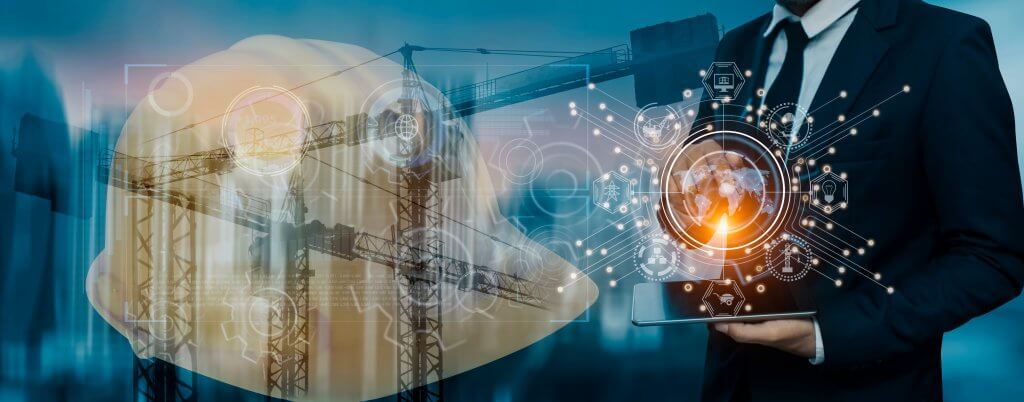May 22, 2024
In the digital era, artificial intelligence (AI) is revolutionizing various industries, including architecture and design. With the advent of AI-generated building designs, a complex question arises: who owns the intellectual property rights to these creations?
Traditionally, architectural designs are the product of human creativity, shaped by the unique vision and expertise of architects, engineers, and designers. However, AI introduces a new dynamic into the creative process. AI algorithms can analyze vast amounts of data, generate design options, and even optimize solutions based on specified criteria, often in a fraction of the time it takes for humans to do so.
So, who owns the design when it’s AI-generated? The answer isn’t straightforward and largely depends on the context in which the AI was used and the legal frameworks governing intellectual property in each jurisdiction.
One perspective is that the organization or individual who owns the AI software could claim ownership of the generated designs. They argue that since the AI is essentially a tool created or licensed by them, any output it produces should belong to them as well. This view aligns with traditional notions of ownership tied to the means of production.
On the other hand, opponents of this viewpoint argue that while the AI may execute the design process, the underlying creativity and decision-making still originate from human programmers and designers who trained the AI. They contend that ownership should therefore reside with the individuals or organizations that provided the input data, parameters, and objectives guiding the AI’s design process.
Moreover, there’s the question of whether AI-generated designs can be considered truly original or whether they constitute derivative works. If the latter is true, existing copyright laws may dictate that ownership remains with the creators of the original designs or data used to train the AI.
Furthermore, ethical considerations come into play. Should AI-generated designs be subject to the same ethical standards and design principles as human-created ones? Who bears responsibility if AI-generated designs fail to meet safety standards or result in undesirable outcomes?
In addressing these complex issues, legal systems worldwide are grappling with updating intellectual property laws to account for AI-generated content. Some propose creating new categories of ownership or adopting specific regulations governing AI-generated works. Others advocate for greater transparency and accountability in the development and use of AI systems.
Ultimately, resolving the ownership dilemma surrounding AI-generated building designs will require a multidisciplinary approach involving legal experts, technologists, ethicists, and industry stakeholders. As AI continues to evolve and reshape the creative landscape, finding equitable and ethical solutions to these challenges will be crucial in fostering innovation while protecting the rights and interests of all parties involved.
Save time and minimize risk with the most trusted contracts in the construction industry – powered by AIA Contract Documents’ next-generation platform, Catina. Request a Demo Here.
AIA Contract Documents has provided this article for general informational purposes only. The information provided is not legal opinion or legal advice and does not create an attorney-client relationship of any kind. This article is also not intended to provide guidance as to how project parties should interpret their specific contracts or resolve contract disputes, as those decisions will need to be made in consultation with legal counsel, insurance counsel, and other professionals, and based upon a multitude of factors.

